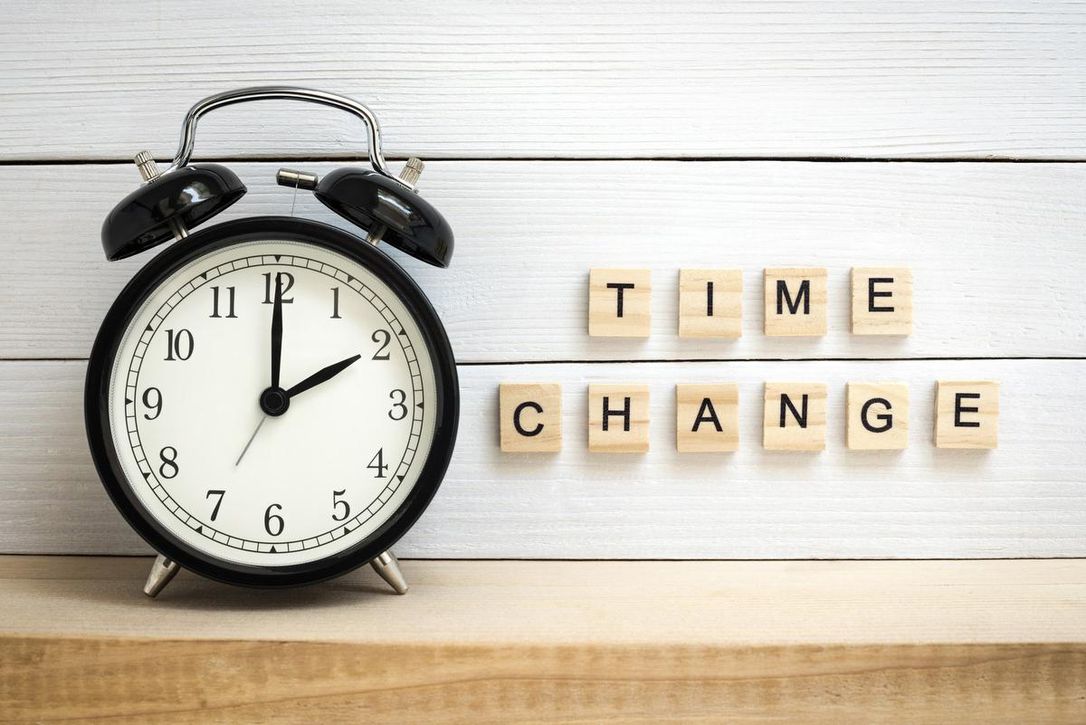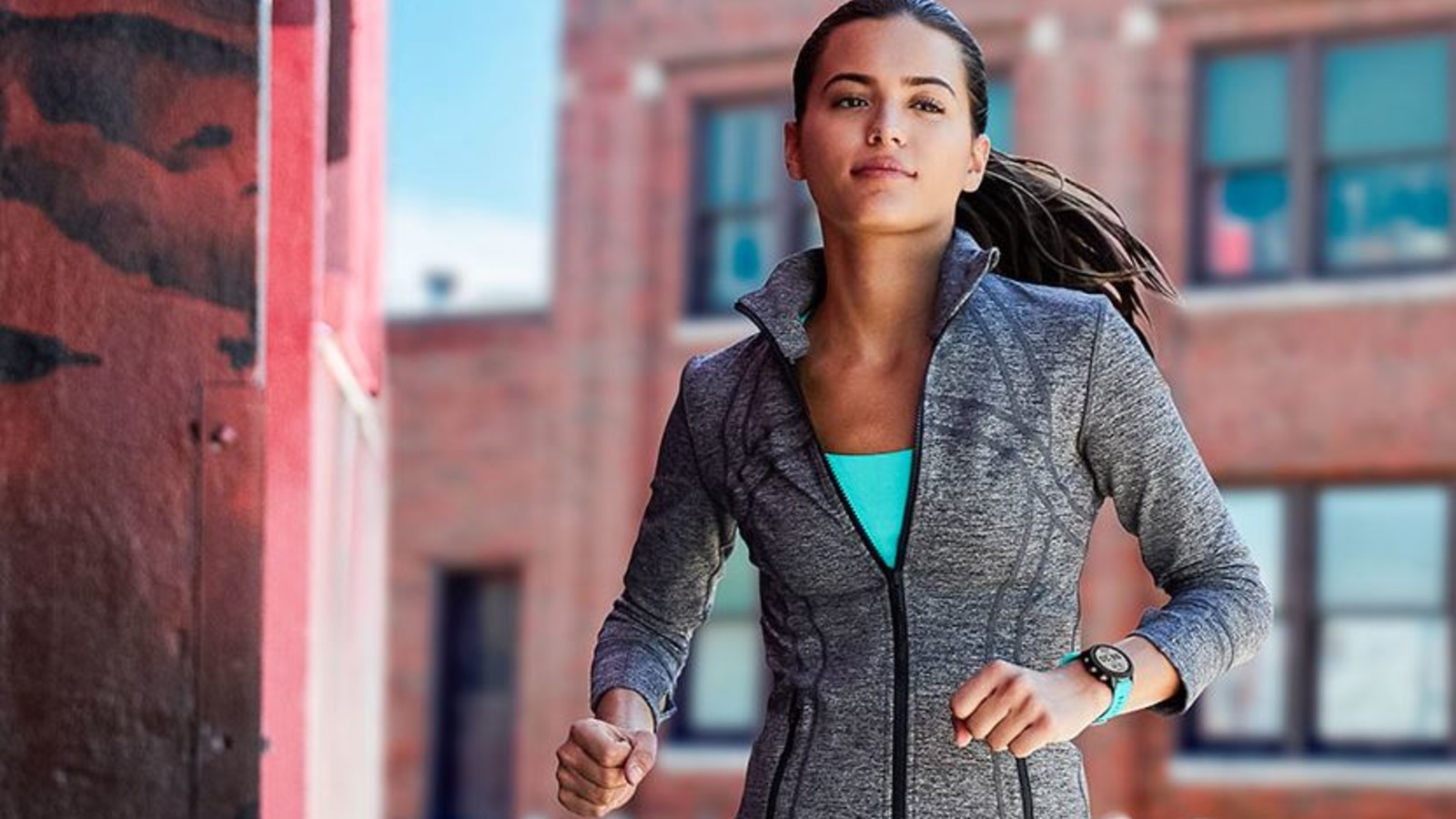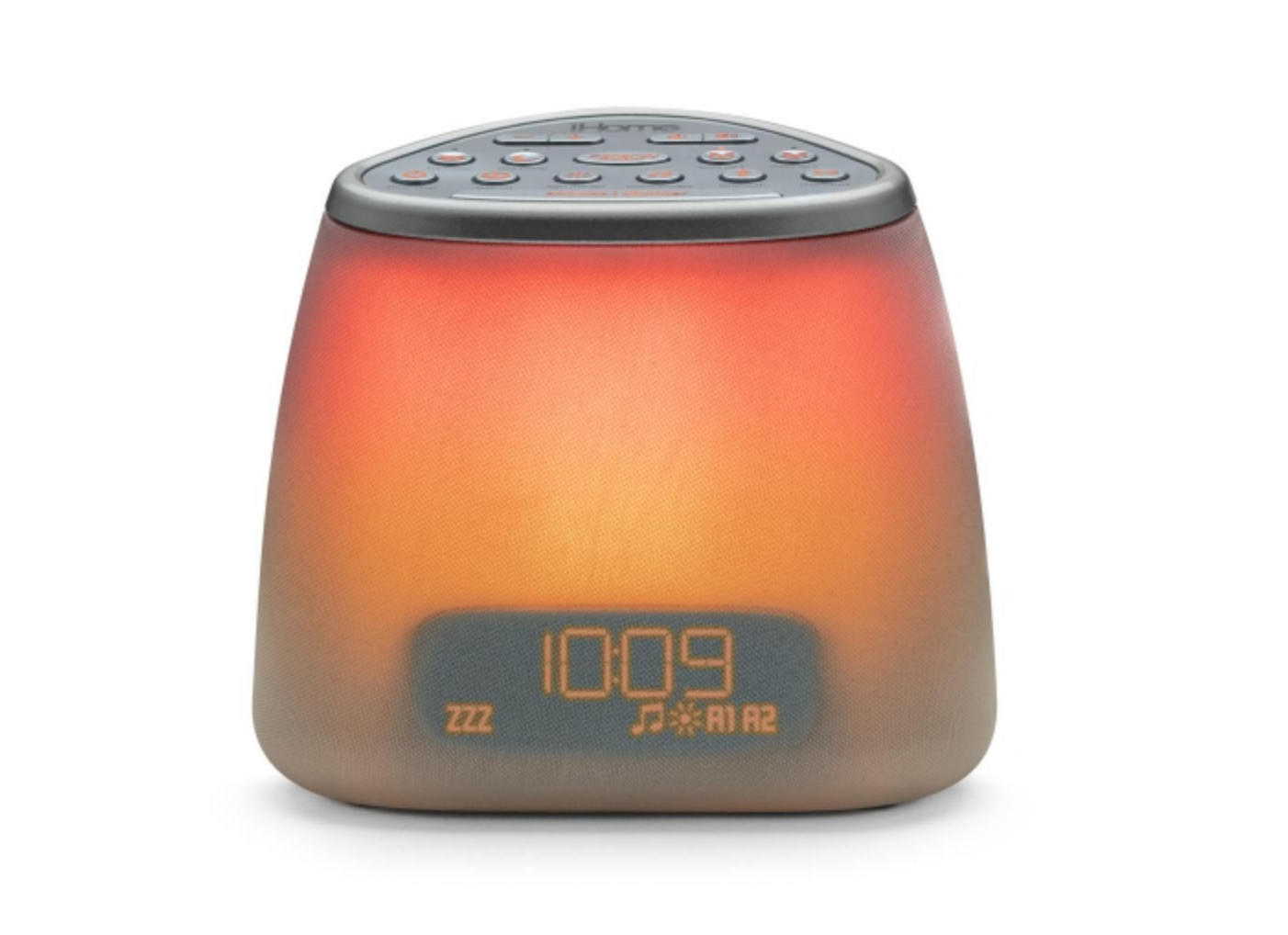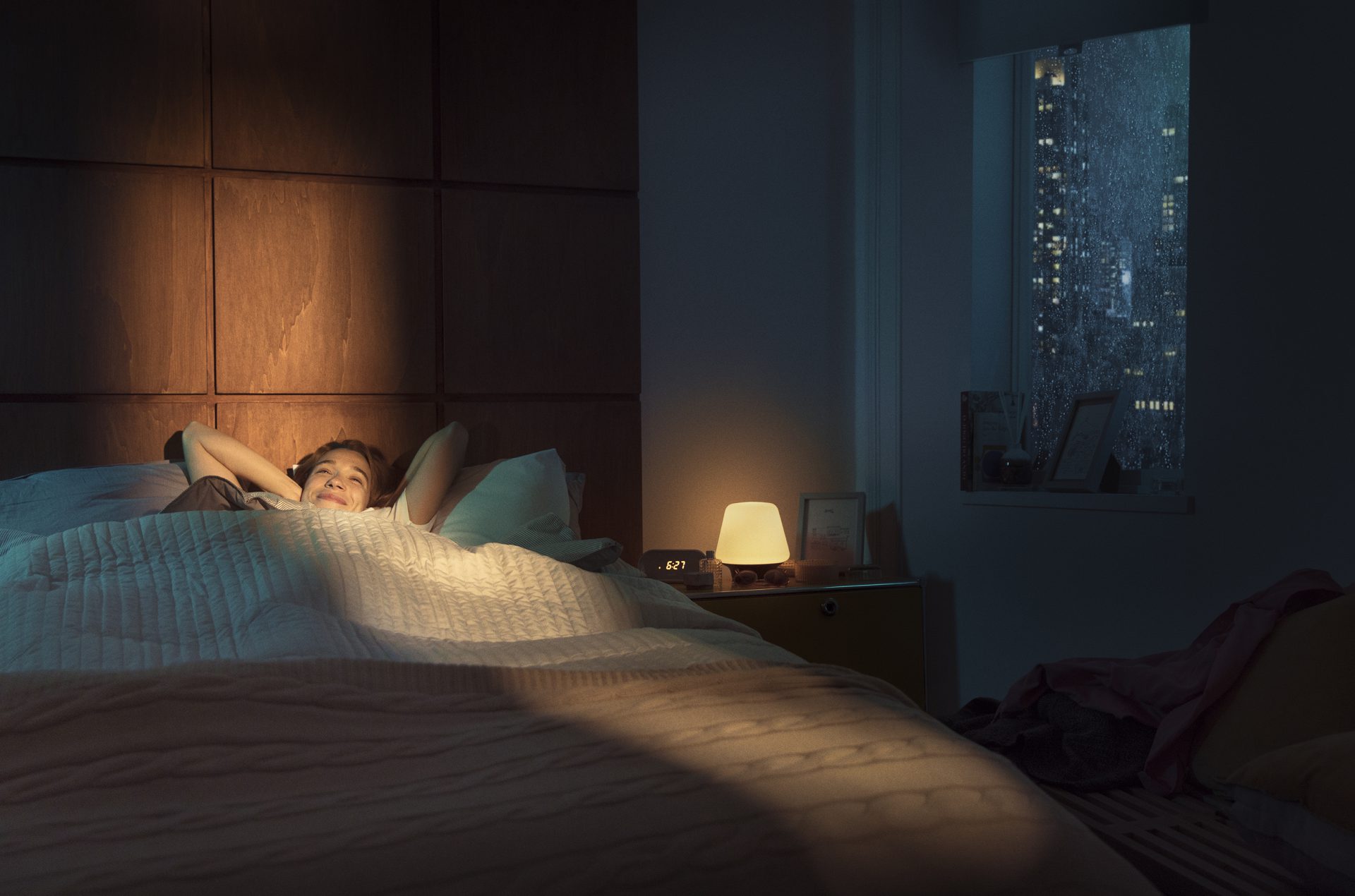
It’s almost daylight savings time again, and you know what that means? It’s time to spring forward and lose an hour in your day. While it’s great to get an extra hour of sunlight in the evening, it can also be really hard to adjust to the time change. Thankfully, there are a few types of tech that can help ease the transition.
When does daylight savings time start in 2020?
This year, the clocks change on Sunday, March 8th at 3 am. That means you’ve got a few days to get ready for that adjustment.
Your watch will make sure you aren’t late

One of the biggest issues people have with a time change is how they forget to re-set their watches and clocks. There are always people late for work on Monday morning after having a fairly routine Sunday, and that’s because they didn’t set their watches forward when the time changed early that morning.
With a smartwatch, you won’t have to change the time on your watch. Because a smartwatch connects to your phone for updates and to sync with an app, the time will change automatically. Some standard GPS watches will also connect to your phone via Bluetooth, and you can set them to change automatically for daylight savings time.
Smartwatches and fitness wearables can also help by tracking your sleep patterns, letting you quickly see how much sleep you’re getting, as well as your quality of sleep. That data can really help you adjust the time you go to bed so you wake up more refreshed. For example, if you normally go to bed at midnight and wake up at 6 am, you might want to try going to bed at 11 pm for a few nights. One extra hour can ease you over the worst of the fatigue.
Sleep tech can help you feel more rested

Losing an hour of sleep can have a serious effect on your day. You can feel groggy and out of sorts, so the most important thing you can do to ease the transition from falling back to springing forward is to focus on your sleep. Sleep tech helps by giving you the tools to fall asleep faster and stay soundly asleep, even when you’ve switched up your bedtime due to daylight savings time.
Sleep tech includes everything from white noise therapy machines to lull you into a relaxed state and block sounds to ultra-thin headphones that wear like a headband and let you play your favourite sleep playlists.
Add (smart) light to your day

One of the best ways to ease your daylight savings time transition is to add automatic light to your home. Smart lights like Philips Hue have bulbs that simulate sunrise and sunset. You can place one by your bed and enjoy the feeling of the sun waking you up, or lull yourself to sleep by watching the sun go down. You can also use standard Hue colour bulbs and set them to automatically brighten your kitchen, living room, or bedroom on those mornings when it feels too dark outside to get up.
All it takes is a few key pieces of tech, and you’ll be prepared for daylight savings time. Check out sleep tech, smartwatches, and smart lights on Best Buy right now, and get set for those dark mornings and an extra hour of light at night.



